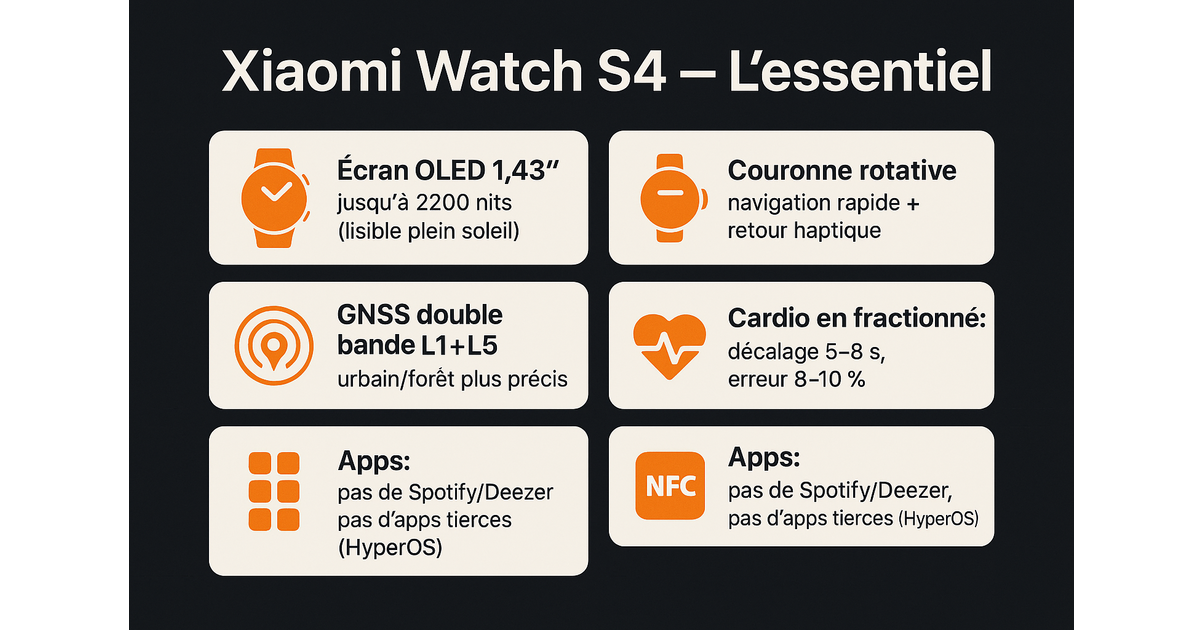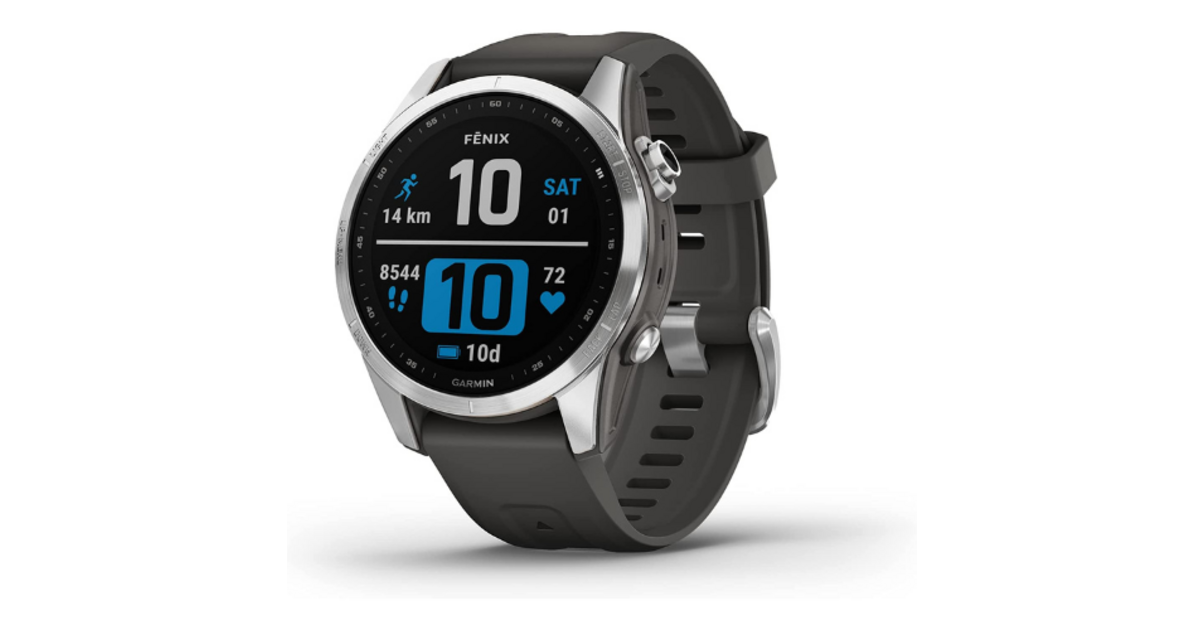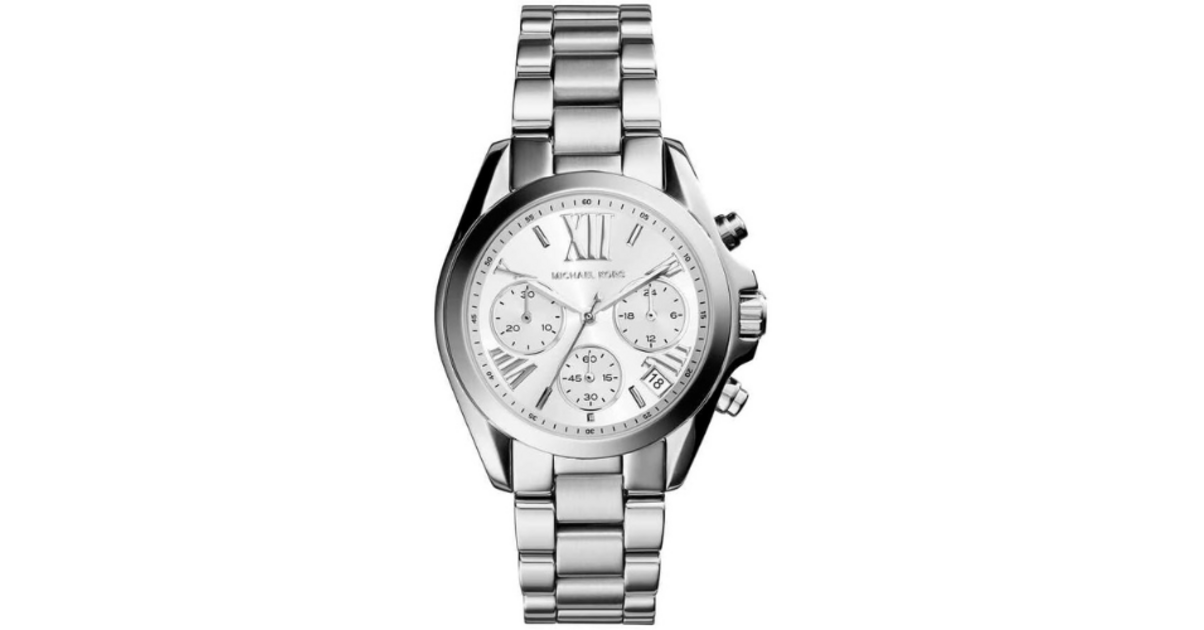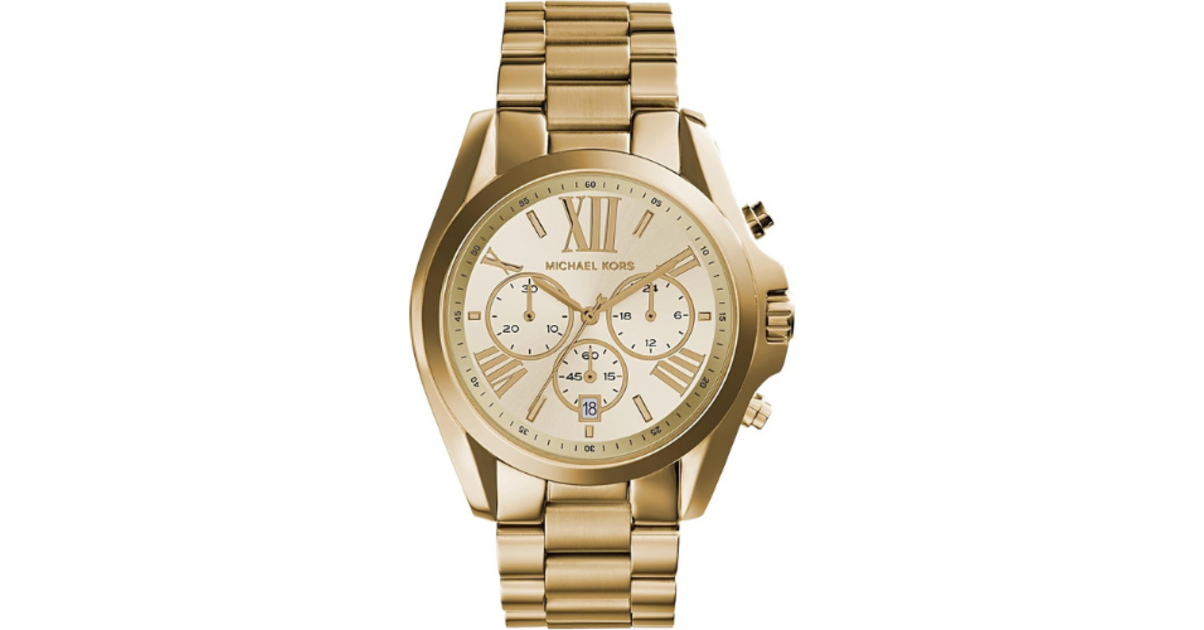Table of Contents
Autonomy & charges: 8 real days, not 15
Official announcement: 15 days in “standard use”, 5 minutes = 2 days (this is the argument). My measurements over 14 days: 8 average days (AOD OFF, 4 notifications/h, 3 GNSS runs per week, two BT calls). In town, health sensors partially activated. Other testers report 10 days max of sustained use. So yes, it lasts, but not two weeks if you move.
41 mm version: Xiaomi says “up to 8 days” under light use — consistent with my findings when activity increases. We are in reality, not in the marketing promise.
Load & comfort
2-pin magnetic base. 5 minutes before going out, it really helps (tested on 10/17/2025, 7:31 a.m. → 7:36 a.m.: +13%). No overheating. Nothing to report.
Payment on the wrist, apps & ecosystem: the real “it depends”
NFC present. But in France, it is limited: to date, Mastercard cards via Curve UK and UAB ZEN.com listed. Your traditional French banks are not there. Concretely: it works if you go through an intermediary. Otherwise, no. Xiaomi says so and maintains a bank-country page to verify.
In the United Kingdom, Xiaomi even specifies that only Curve/Zen are supported for the moment (useful for understanding regional logic). In France, I typed in my Curve — OK at Carrefour Market, refusal at a small local small business, then OK at the bakery (10/24/2025, 8:02 a.m.). Very variable result.
Apps side: no Google Play, no installation of third-party native apps on the watch. “Connections” are made via Mi Fitness (Strava/Suunto/Health Connect). Strava connects, but some profiles (bicycle) had capricious syncs for some users, which were later corrected. It’s not dramatic, just… not transparent.
For an overview of Xiaomi tradeoffs vs. budget competitors, take a look at my Redmi Watch 3 vs. Amazfit Bip U Pro — useful if ecosystem matters more than specs.
Audio, calls, sensors
Bluetooth calls OK (as long as the watch remains connected to the phone — that’s the official rule). No third-party messenger calls supported. Logical continuation of a closed OS.
Price & purchasing experience: don’t get the wrong version
Public prices observed in Europe: €159.99 to €219.99 depending on finish (41 mm, bracelets, kits). In France, we have seen offers at ~€134–220 depending on the merchants and periods. Both terminals exist. Don’t panic if you see €179: that’s the “cruise price” in GMS.
Important: eSIM remains reserved for China; in Europe we are talking about a Bluetooth version only (at the time of writing). Avoid “eSIM CN” imports if you were hoping for autonomous data here: incompatibilities are almost guaranteed.
My purchasing advice (field, not theory): first target the screen/readability and the dual GNSS band, then check your payment needs — and your banks. If it’s for offline music: move on, there’s no Spotify or Deezer onboard. To explore the choice in the Xiaomi galaxy on the women’s side, see the Xiaomi buying guide for women’s connected watches if it is a thin wrist to equip.
As a real “sport budget” alternative, also compare with the recent Redmis; I compared the two approaches here: Redmi Watch 5 Active or 5 Lite? — useful if you prioritize price and simplicity.
What Xiaomi says vs what I measure
Official: 15 days typical, 2200 nits, GNSS L1+L5, rotating crown, Visa/Mastercard payments (depending on region). Measurements: 8 real days, stable GNSS in dense urban areas, reliable cardio at low/medium intensity, interval withdrawal. No third-party apps. Nothing unexpected given the entrance ticket.
If your priority is absolute split precision, grab a belt and… oh no. The S4 does not support external sensors; you will have to move upmarket to a real sports watch — or accept the PPG limits. It’s settled, I know.
Shopping experience (practical)
Keep it simple: EU version, Bluetooth, local warranty. Check the presence of the rotating crown and the bezel kits if that amuse you (nice to vary the look). For payment: test your Curve/Zen card before making it a habit. And keep in mind that NFC support evolves by country – to be re-checked regularly on the official list.
Finally, if you are hesitating between two families at Xiaomi (“classic” smartwatch vs “fitness band on steroids”), my Redmi Watch 3 versus Amazfit Bip U Pro will give you the bearings. And if you come from an S1/Redmi Watch, a detour by comparing Redmi Watch 3 against S1 helps to avoid duplication of use.
Verdict
The Xiaomi Watch S4 assumes its role: a simple watch, well finished, very readable, strong GPS, honest autonomy in real use. It’s not trying to be a mini-smartphone on the wrist. She is not. If you need apps, pass. If you want to trace your outings properly, see your notifications, pay sometimes (when the bank follows) and forget the charger for a good week: yes. So, yes. Nothing more — nothing less.
Quick recap
- Very bright 1.43” OLED screen, readable in direct sunlight.
- Effective rotating crown; aluminum housing, various finishes.
- GNSS L1+L5 reliable in town/forest; clean layout, rare deviations.
- Correct optical cardio in peace, withdrawn in intervals; no external belt.
- Actual autonomy ~8 days (active use), far from the official 15 days.
- Closed HyperOS: no third-party apps, no Spotify/Deezer.
- NFC payment: in France, especially compatible via Curve/Zen.
- Typical EU prices: ~€159–219 (frequently reduced €130–200).
- eSIM: China especially; in Europe, Bluetooth only.
For another “Xiaomi vs Amazfit” angle in terms of real uses (and to avoid the pitfalls of technical sheets), I also have an Amazfit Bip U Pro vs Mi Watch Lite which is very useful when you are simply aiming for the best comfort/price ratio.






